First Ride: Yamaha BT1100 Bulldog - Motorcycle.com
Milan, Italy, 12 June 2002 -- Oh my, oh my, what a little teaser she was. Just two years ago, a fresh and naked beauty ended up as a desktop background on countless computer screens around the world and prompted grown men (me included) to drool. Yep, that brutal MT01 concept Yamaha showed at the Tokyo Show was one hell of a turn-on. But in life, fantasy and reality do not often meet. The promise of a big-big-bore streetfighter, (or was it a supermoto with the mother of all engines?) ended up splitting into two different and somewhat diluted versions. Americans got their low & mean 1700 Road Warrior to play with, while Europe had to be content with a...mmm... how to call it? A naked power standard? Urban retro cruiser? Big pseudo-trailie-on-acid? Enter the BT1100 Bulldog.
Things clarify rather quickly upon sitting on the bike and moving on. Any fears of a tough and hard-edged MMI (man-machine-interface) dispel as your butt and feet meet the soft surfaces of the seat and footpegs. Guiding position is true dual-purpose, loads of leg room, high and erect, with the bars feeling at first a tad too close and wrongly angled. A little fumbling with the choke lever under the tank and we have the engine running. There is a deeper rumble coming from the pipes than on the Drag Star, but throttle response already hints at a very mild response. And indeed, after a few stoplights the last hopes that there would be a mean streetfighter hidden in there somewhere, disappear. What a pussycat! Yamaha claims to have raised the peak output of the 1100 mill by three ponies, but with 65 claimed hp, the engine is a real softie. What does make riding the Bulldog a bit more interesting enginewise is that the peak torque point has been shifted from a lowly 2500 rpm in the Drag Star, to some 4500 in the BT1100. So instead of having an engine that pulls from zero revs and runs out of puff by the time the tacho needle crosses the two thirds point; the BT's engine is much more of a revvier and doesn't mind hitting the 7000 rpm rev limiter every now and then. In the lower half of the range it's a nice plodder with the power climbing in linear fashion from 3000 rpm and up.
With its powerful brakes, you can rest assured the Bulldogs brakes are far stronger than its bite.
With a fully upright riding position and a tiny bikini fairing for wind protection, cruising speed depends mainly on your will to fight the air pressure. The engine is capable of propelling the Bulldog to some 110 mph, but eventually 90 is a far more reasonable proposition. The limited amount of horses in the stable means that quick overtaking requires a downshift or two, but as long as you're not trying to compete with any squids out there, the BT gets the job done without any perceivable vibration.
Cramped or not, the Bulldog comes into its own again when the going gets twisty. There, the mixture of great stability and high grip provided by those huge tires, the stiff frame and the ample leverage of the wide bars works really nice, enabling a good rider to maintain an entertaining pace. Just like a good adventure tourer, the Bulldog supplies clean fun in the twisties, but it's no supermoto.
The 506 pounds Yamaha cites as the bike's dry weight, and the slightly underdamped fork eventually start to be felt when the pace picks up. Just as well, ground clearance is not one of the BT's main virtues, although by now it starts to be clear that on the BT1100, if you're pushing that hard, you are certainly calling the wrong number. In the braking department, the BT1100 doesn't need any excuses. It's R1 derived brakes need no introduction and supply ample power and feel in any situation. The rear brake, though, is almost too potent and locks too easily, not the best thing if you are a beginner.
Then we have that design issue. Just like in a cruiser, where performance is secondary to looks (or at least it used to be...), the BT1100 provides a hot conversation topic whenever it is parked in a bike-choked lot. Yamaha is the only Japanese company using the services of an external design office (GK Design) and that reflects on many of its models. The daring and courageous shapes of the Bulldog might have never been born within the confines of corporate design.
BT1100 Tech SpecEngineType: air-cooled 4-stroke V-twin, SOHCDisplacement: 1,063 mmBore x Stroke: 95 x 75 mmCompression ratio: 8.3:1Maximum power: 65 hp @ 5,500 rpmMaximum torque: 64 ft-lb @ 4,500 rpmSeat height: 812 mmWheelbase: 1,530 mmDry weight, claimed: 506 lbFuel capacity: 5.3 U.S. gallonChassisFront tire: 120/70 ZR17Front brakes: Dual 298mm discs, four-piston calipersFront suspension: Telescopic forkFront travel: 130 mmRear Tire: 170/60 ZR17Rear suspension: single coil-over shock absorber, link typeRear travel: 113 mmRear brakes: Single 282 mm disc, two-piston caliper
More by Yossef Schvetz



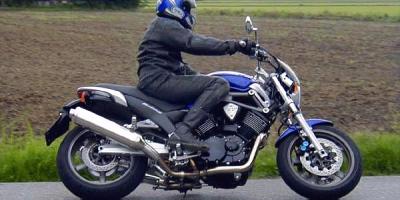







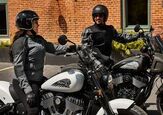
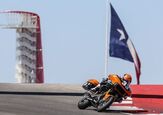
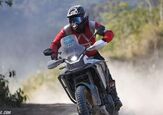
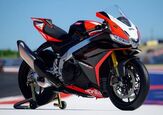


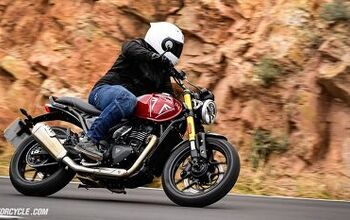
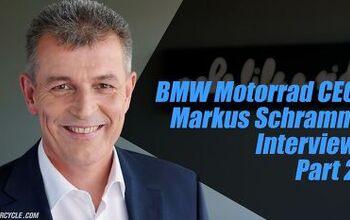
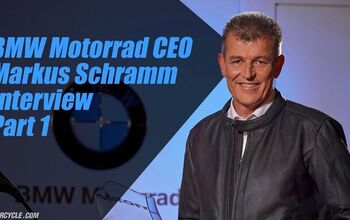
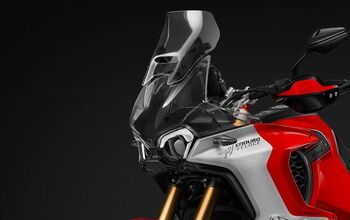
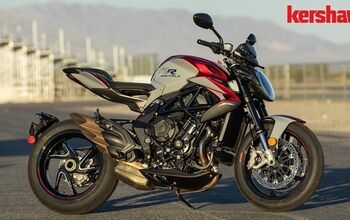
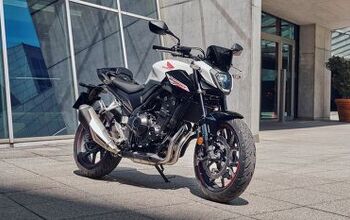
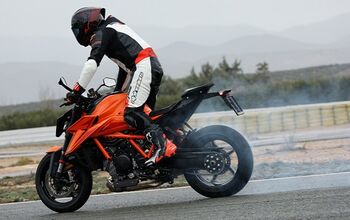
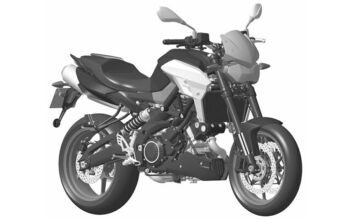
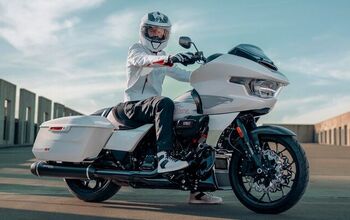
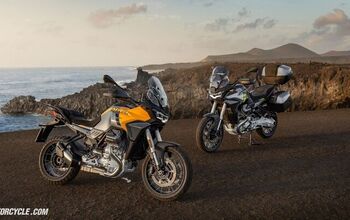
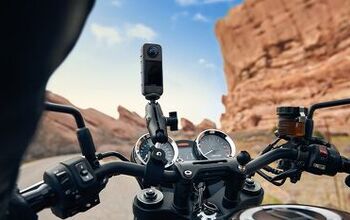

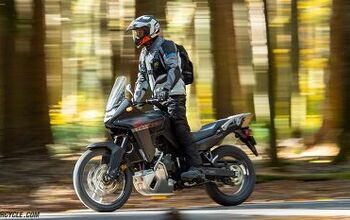
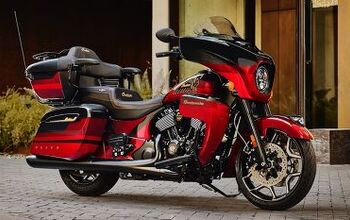
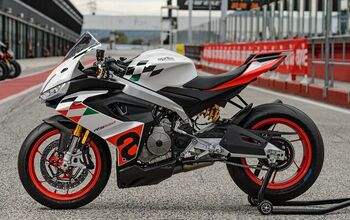

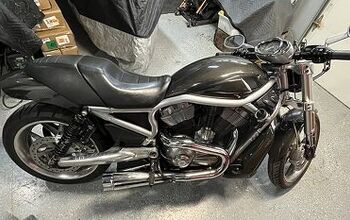
Comments
Join the conversation